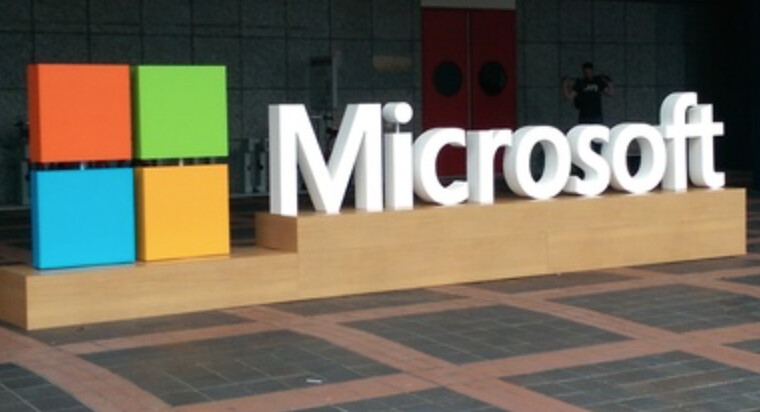How a Company as Big as Microsoft Learned Lessons from Grassroots Innovation
 Innovation is integral to the success of companies be they big or small.
Innovation is integral to the success of companies be they big or small.
This isn’t lost on Microsoft.
Michelle Sklar sat down with T.K. Rengarajan, Corporate VP, Technology & Research, Microsoft during the #BCTECH Summit to learn about the company’s approach to innovation.
MS: Can you tell us about the new learning tools for OneNote that you just announced?
TKR: It started when a pilot at a conference shared that he was making a kit to teach children using OneNote and a mother shared her story about her challenges with her son who has dyslexia. An engineer connected the dots between these situations and has this idea. We have a process in place for innovation starting in the Garage.
The effort snowballed because enough people saw value in it and they made very large contributions, especially the folks from MSR (Microsoft Research), who brought to bear years of understanding of natural language, accessibility of comprehension, and saw more than just creating better fonts for reading challenges. Our engineers said we can do way more than that, we can understand sentences, we can understand sub-clauses, we can visually showcase this and now we have what we are calling the Immersive Reader.
MS: This was tied into a Microsoft sponsored hackathon; can you tell us how that creative process?
TKR: Microsoft is operating differently with great openness and great freedom to find new ways to improve productivity for our customers, combining assets across the company. “One Microsoft” encourages collaboration throughout the company and the Garage facilities have lots of capabilities, it’s a makerspace, a creative environment. We have hackathon every year where our teams from across microsoft form teams, based on somebody having an idea and they start a project, others who are interested join, they compete and win prizes.
MS: What lessons did you learn from where innovation came from?
TKR: The Garage and our grassroots innovation hackathon are all seeds of such discoveries, and although not all seeds are going to become trees, many of them will germinate. Some maybe we need to park some new technology breathes life into those, so they will grow over time.
When we talked about as something that could address dyslexia, we thought about something so common, a reading mode could enhance everyone’s comprehension. This is an important pivot, because it becomes more than just helping one group with a problem, instead it helps everyone and it takes the stigma away making it mainstream. No one needs to define themselves as dyslexic to benefit from this innovation.
MS: Discussions at #BCTECH Summit revolved around BC hub for innovation and disruptive tech. With Microsoft’s new Excellence Centre for innovation opening up soon here in Vancouver, can you tell us you hope this will add to our vibrant tech sector?
TKR: This centre is symbolic of our physical interests in this city and in disruptive innovations. We are interested in Vancouver for the long term, and we want Vancouver to be an important source of intellectual property and innovation. We want to provide access to incredible people for Microsoft. Our new space happens to be at the right time, we are investing into an inspiring environment.
We have been investing in environments all over the world, learning from all of those allows us to offer our engineers the opportunity do the best work of their careers. Our commitment to the community here is about working with tech ecosystem to support hyper-growth programs, such as at BCTIA, where we mentor startups who are ready to scale and we will be with them hand in hand.











